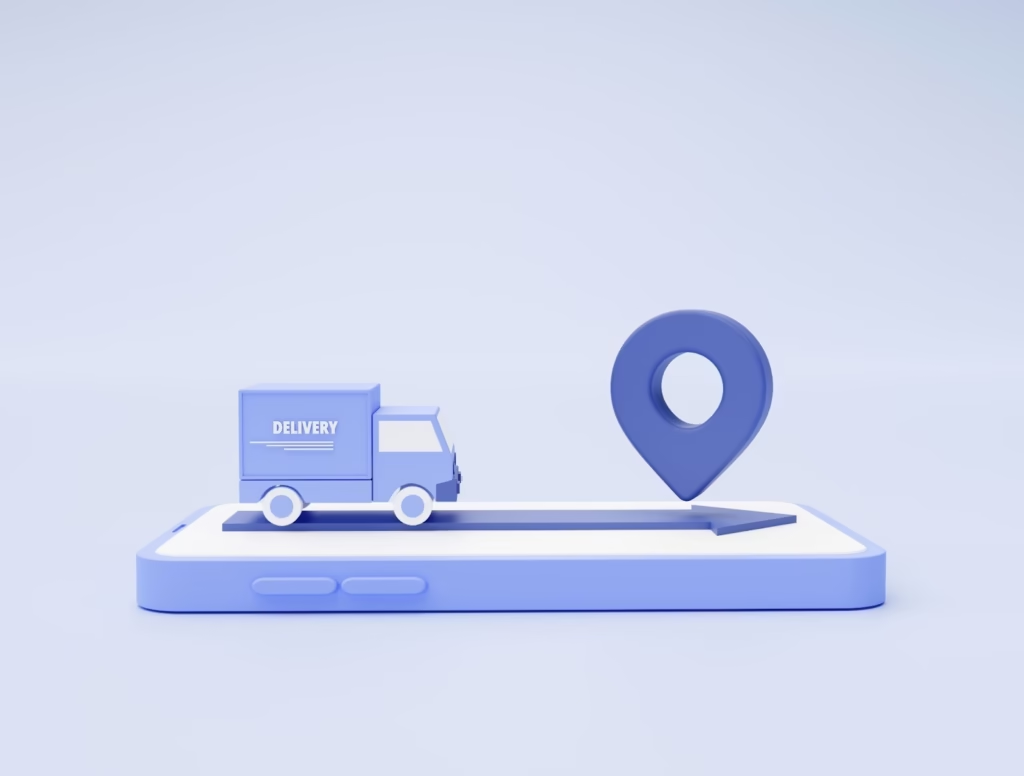In the race for speed and efficiency, businesses that move people or goods are facing a new kind of challenge — data overload. Managers have GPS tools, spreadsheets, and apps for almost everything, yet their field operations still lose time to messy routes and last-minute changes.
It’s not that they lack navigation. It’s that they lack smart route planning — the ability to organize routes dynamically, optimize travel in real time, and turn every mile into measurable efficiency.
Why Route Planning Beats Simple Navigation
Traditional navigation apps like Google Maps were never built for business complexity. They tell you how to get from A to B, but not how to visit A, B, C, and D in the most efficient sequence — or how to adjust when C suddenly cancels.
For field service teams, delivery fleets, or sales reps, that gap can cost hours every week. A route planner closes it by automating route optimization, accounting for real-time conditions, schedules, and priorities.
Smart planning doesn’t just save fuel — it creates structure. Teams spend less time figuring out logistics and more time doing the actual work that moves the business forward.
Maps for Route Planning: From Static to Predictive
Modern routing tools use maps as data engines. Instead of static directions, they integrate live traffic, customer updates, and even predictive insights about when routes are likely to slow down.
For instance, a company using Mapsly can assign multiple routes to its field agents in the morning and let the system automatically re-plan when something changes. Managers can see all routes on one dashboard, track live locations, and redistribute tasks with a few clicks.
This kind of location intelligence turns chaos into clarity — and transforms a basic map into a powerful operational tool.
When Efficiency Becomes a Growth Lever
Route planning is no longer a logistics issue — it’s a business strategy. Companies that analyze routing data can find patterns in delays, optimize team territories, and even forecast workloads.
A good map-based route planner connects the dots between movement and performance. It helps answer questions like:
- Which routes consistently run over time?
- How much travel time could be saved through automation?
- Where can resources be reallocated for better coverage?
These answers translate directly into cost savings and customer satisfaction — the two factors that define sustainable growth.
The Road Ahead
As AI and automation reshape field operations, the ability to plan and adapt routes in real time will separate traditional players from data-driven leaders.
Smart routing platforms like Mapsly are leading that shift, combining route optimization, live tracking, and analytics into one workflow. For any business managing people on the move, that’s not just convenience — it’s a competitive advantage.
The future of mobility isn’t about finding the shortest route — it’s about finding the smartest one.






